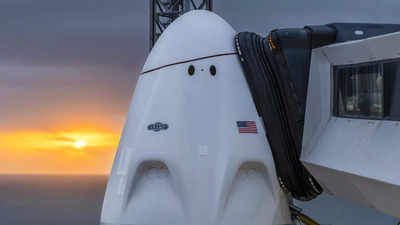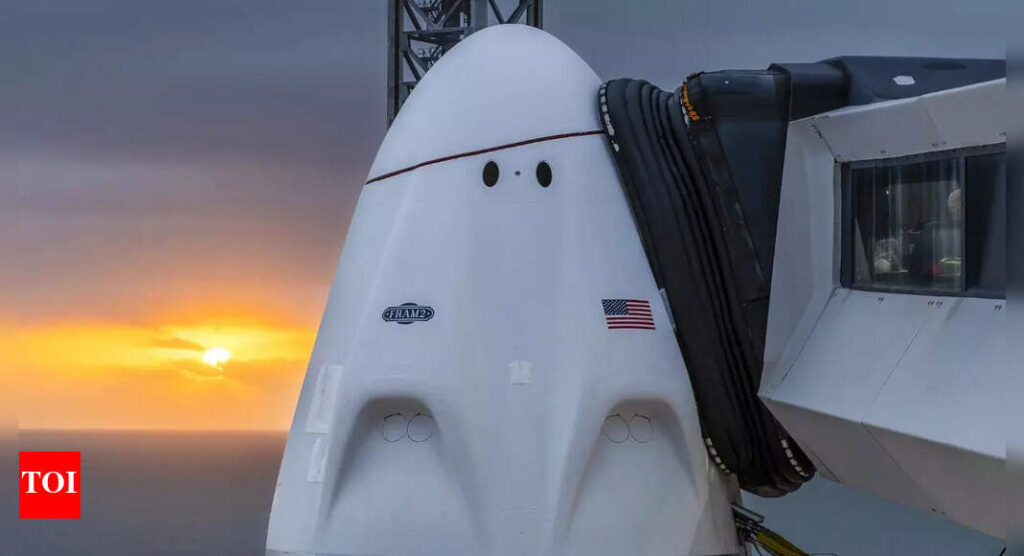
SpaceX is gearing up for a historic mission, set to launch the first human spaceflight over Earth’s polar regions. The privately funded Fram2 mission will carry four astronauts on a four-day orbital journey.
The launch is scheduled from Nasa’s Kennedy Space Center in Florida, with the crew aboard a SpaceX Crew Dragon capsule atop a Falcon 9 rocket, with the launch window opening at 9.46 pm ET (0146 GMT).
What is it named after?
The mission, named “Fram2,” is inspired by the famous 19th-century Norwegian ship used for Arctic and Antarctic expeditions, news agency AFP reported.
During the flight, astronauts will conduct groundbreaking experiments, including taking the first X-ray in space and studying how mushrooms grow in microgravity.
The mission will last three to five days and end with a splashdown off California’s coast.
Who are the four astronauts?
The crew comprises Wang, a Maltese adventurer and crypto company founder (f2pool and skatefish), alongside vehicle commander Jannicke Mikkelsen from Norway, German robotics researcher Rabea Rogge as pilot, and Australian polar explorer Eric Philps as medical officer.
The crew underwent eight months of training, including an Alaskan wilderness expedition to experience living in confined spaces under challenging conditions.
What will the research do?
The research aims to help future long-term space missions, including trips to Mars.
“With the same pioneering spirit as early polar explorers, we aim to bring back new data and knowledge to advance the long-term goals of space exploration,” said mission commander Chun Wang.
During the mission, astronauts will study how their bodies react to weightlessness and motion sickness, a common issue in space.
After returning to Earth, they will try to exit the spacecraft without medical help, testing how well astronauts can perform basic tasks after spaceflight.
Why does the Fram2 mission stand out?
According to CNN, Fram2 stands out because it involves a unique trajectory over Earth’s poles, a route that has never been undertaken by human spaceflight.
This polar path demands significantly more fuel compared to conventional equatorial orbits, making it a technically challenging endeavour.
The International Space Station’s orbit prevents observation of Earth’s polar regions. The previous record holder, Soviet mission Vostok 6 in 1963, achieved a 65-degree inclination, while Fram2 targets 90 degrees.
SpaceX’s private astronaut missions now total five, including three ISS missions with Axiom Space and two Earth-orbital flights: Inspiration4 (2021) and Polaris Dawn, featuring the first private astronaut spacewalk.














